Have all of you ever heard of Viscount?
Although I am a music history buff and a keyboard player, I had absolutely no previous knowledge of Viscount’s products before joining Sound House.
What is Viscountt?
Viscount is a well-established Italian brand founded by Marcello Galanti in 1969. The company became famous in the 80’s mainly by selling acoustic organs, keyboards, and electronic organs.
Their instruments are characterized by innovative technologies such as tone-wheel models and physical modeling, as well as their sound and beautiful appearance.
Sound House mainly handles the Legend ‘70s Series of stage pianos and the Legend organ electronic organ.
Among these, I would like to introduce the Legend ‘70s Compact EX, which is also on display at the Sound House headquarters showroom.
Viscount / Legend ‘70s Compact EX
The Legend ‘70s Series offers the unique feature of being able to freely customize instruments by reconfiguring sound source modules.

Here is the actual product on display in the Sound House showroom.
From the right
A.PIANO MODULE
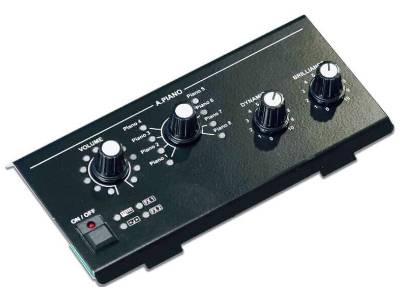
The A.Piano Module offers a variety of acoustic piano sounds, covering everything from basic piano sounds to Yamaha C7 modeling to the classic sounds reminiscent of the 60s from upright pianos and jazz pianos.
CLAVI MODULE

The Clavi Module allows switching tones on the switching panel as if it is the original Clavinova panel.
It can handle everything from soulful tones to classical tones, to playing timbres that usually can’t be played on synthesizers.
SOUND COLLECTION MODULE

This is the PCM sound modeling part that is well known on synthesizers and regular stage pianos.
In addition to the basic Pad, Strings, and Brass, it also supports Choir, Bass, Organ, and other tones that are not equipped on some brands of stage pianos. It also supports not only live sound sources but also analog and FM synthesizers, so if you have this, you will have no trouble creating basic sounds.
E.PIANO MODULE

This is the electric piano module section. There are five basic Rhodes tones, two Wurlitzer tones, and E.Grand that sounds like an FM piano tone.
I feel that this is all that is necessary to play an electric piano as a stage piano, and I have no complaints.
In addition, there are
SYNTH-8 MODULE
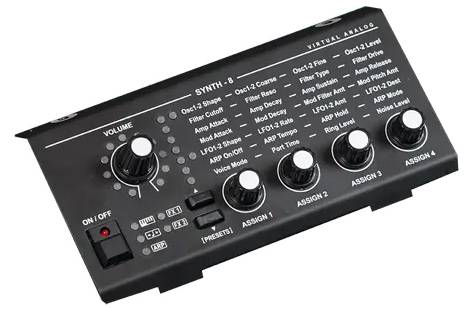
This is the module section of the synthesizer. With a saturation of 12dB and 24dB roll-off, and resonance, This 2-oscillator 8-voice polyphonic synthesizer faithfully reproduces the classic American multimode analog filter.
The Synth-8 Module can be operated by changing the gauges listed on the vertical + horizontal axis, and is simple and intuitive to use.
One of the most distinctive features is the ability to form classic waveforms with oscillator wave shaping, detuning, and doubling the module in Fat mode. Dedicated noise envelope, ring module, hard sync for all oscillator modes, and a filter with envelope velocity control are also unique features.
In Unison mode, up to 8 voices can be selected with the Fat oscillator, making a total of 32 detuned oscillators that can be used at once.
This allows you to produce sound sources with a density that cannot be reproduced by any other analog synthesizer out there.
EXTERNAL MODULE

This is the module section for the MIDI control.

By connecting to the MIDI input or USB input on the right side, you can control an external sound source or PC sound source.
The sound source can be selected and controlled with the control knob, enabling real-time operation of the external sound source module.
These six types of modules can be used interchangeably.
How to replace a module

Remove the silver plate from the top of the module with a Phillips screwdriver to reveal the screws in order to attach each module.


The mounting screw can be removed by removing it again with a Phillips screwdriver.


After that, firmly insert the internal wiring terminals into the terminal receptacles on the side of the module and attach it to the main unit.


The module can then be changed by installing the side screws according to the removal procedure.
Since modules can be easily replaced in this way, it is possible to own multiple modules and replace them according to the situation without any problem.
Legend ‘70s Compact can be equipped with four different modules, while Legend ‘70s Artist can be equipped with five different modules.
The basic modules are two; E.Piano Module and Sound Collection Module, and you can add more optional modules.
Products marked EX, such as the LEGEND ‘70s Compact EX on display in the Sound House showroom, are equipped with an additional module for the number of additional modules that can be added. The Compact EX with 73 keys has A.Piano Module and Clavi Module, while the Artist EX with 88 keys has A.Piano Module and Clavi Module.
Another feature is that the Legend ‘70s Artist W model has wooden keys to give it a vintage feel not found on other stage pianos.
In the past, I have been fortunate enough to have the opportunity to play on a Rhodes mk2 in fairly good condition, but I still think the wooden keys are more appealing to those who prefer vintage electric pianos.
If you are interested in listening to some of the demo module recordings, they’re available on each product page!!





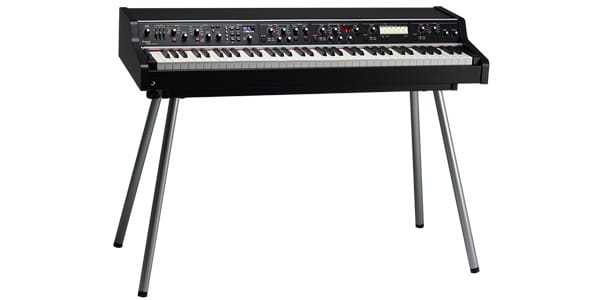


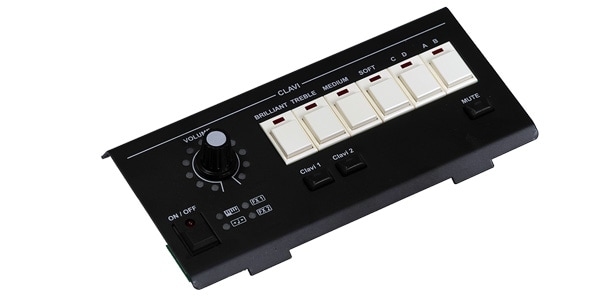
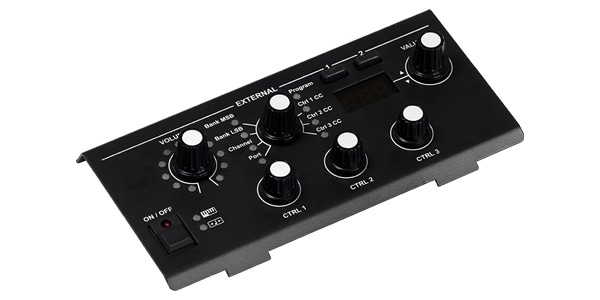
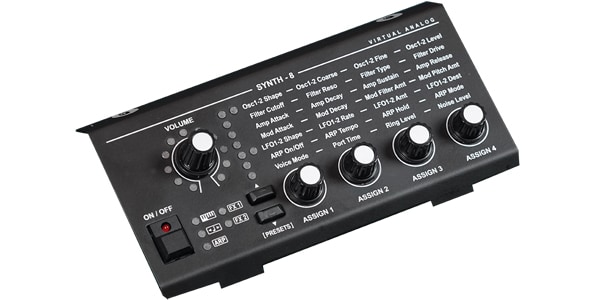
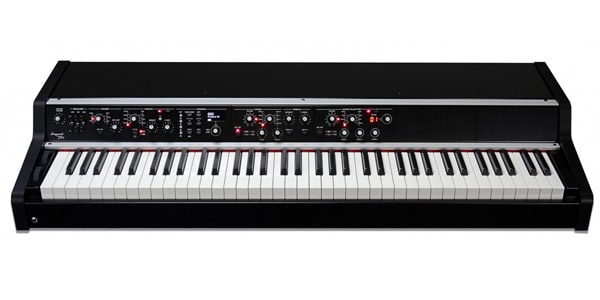

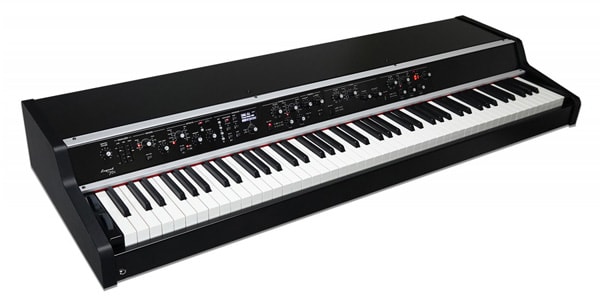
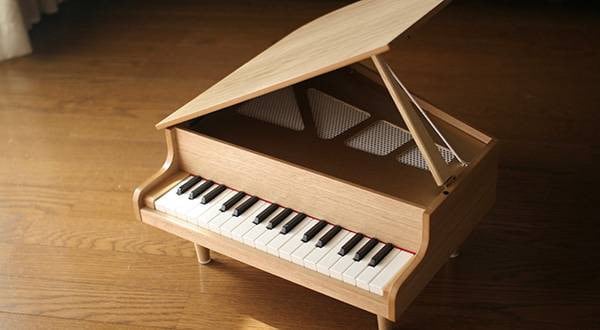
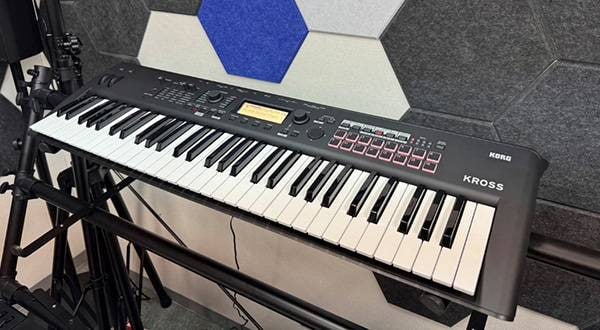

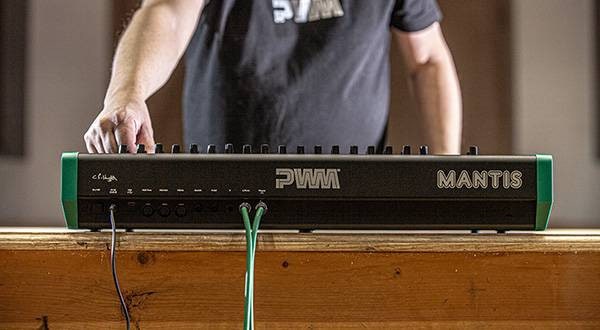
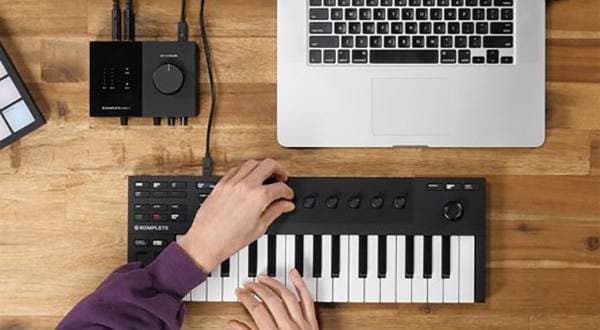
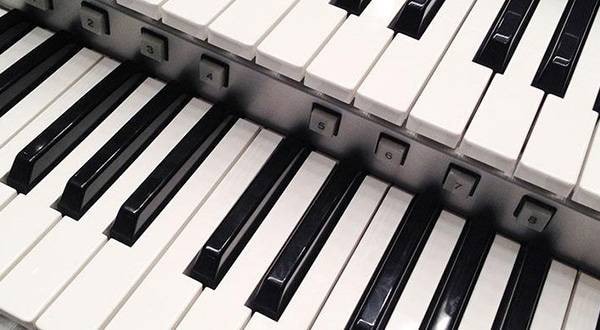
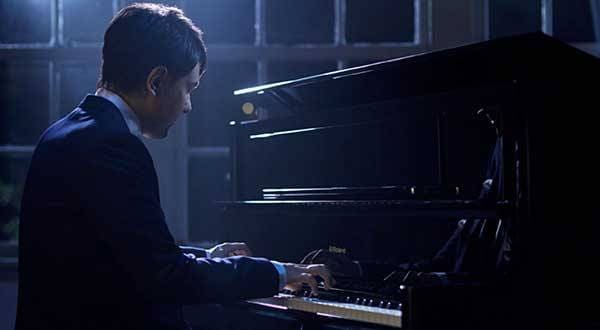
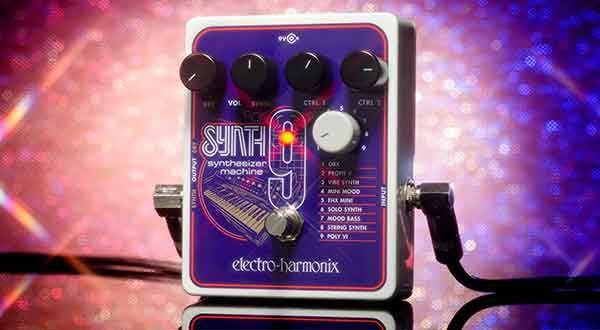
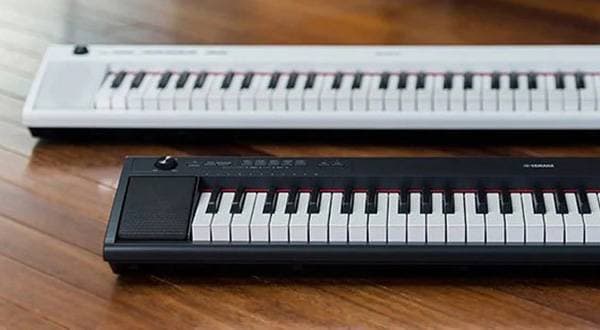
![[For beginners] Keyboard types and how to choose one](/contents/uploads/thumbs/2/2020/9/20200923_2_11196_1.jpg)
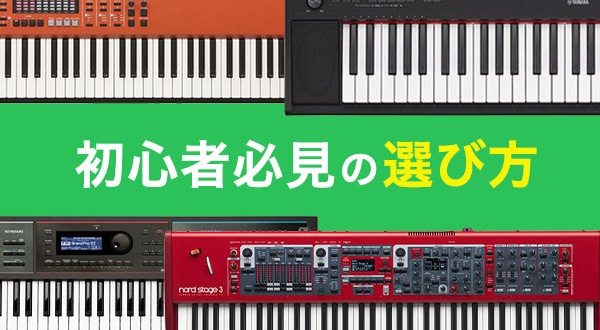
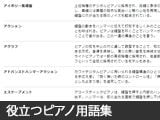 自分にあったピアノを選ぼう!役立つピアノ用語集
自分にあったピアノを選ぼう!役立つピアノ用語集
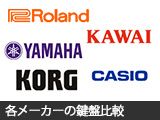 各メーカーの鍵盤比較
各メーカーの鍵盤比較
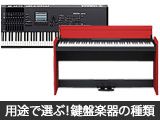 用途で選ぶ!鍵盤楽器の種類
用途で選ぶ!鍵盤楽器の種類
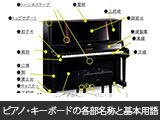 ピアノ・キーボードの各部名称
ピアノ・キーボードの各部名称
 キーボードスタートガイド
キーボードスタートガイド
 キーボード・ピアノ講座
キーボード・ピアノ講座















